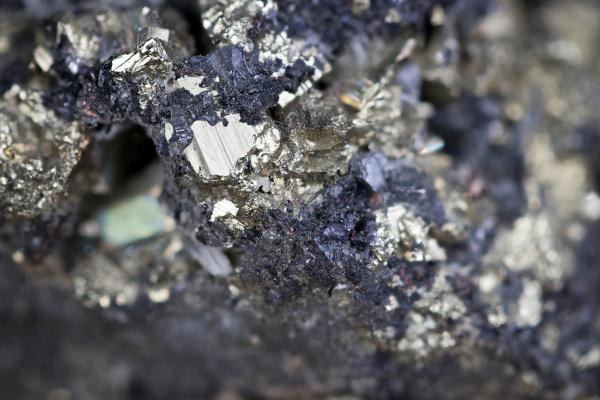To understand about the process of obtaining drinks, it is necessary to have a minimum chemical knowledge. If you didn't know, know now: some processes used in Beverage Industries are similar to those used in chemical analysis laboratories.
Distillation: process in which two substances are separated by heating;
Fermentation: process capable of transforming one substance into another using micro-organisms such as fungi and bacteria.
In fact, one of these processes will determine the final product, some beverages are obtained from the same raw material, but they become completely different due to the means used to obtain them. The same cereal (malt) produces beer (fermented) and whiskey (distilled).
distilled beverages
The exquisite whiskey is obtained from the distillation, it is one of the drinks with the highest alcohol content: 43-55 °GL.
Note: °GL - degrees Gay Lussac, alcohol content unit of measure.
The branquinha, as it is popularly called, is an example of a distilled beverage sold at a much lower price than whiskey. The raw material of the pinga (aguardente) is sugar cane, and the distillation of the must (cane juice) gives shape to the drink. Alcohol content: 38-54 °GL.
Cognac: a drink whose preparation is curious, it is made from the wine where it is distilled until Cognac is obtained. Alcohol content: 40-45 °GL.
Vodka: product originating from potatoes and wheat. Alcohol content: 40-50 °GL.
fermented drinks
The fermentation of a liquid is done by the action of microorganisms, they feed on sugar and expel alcohol.
Starting with the acclaimed Beer, the popular drink obtained from the fermentation of cereals: hops, barley, malted cereals. Alcohol content: 3-5 °GL.
Wine (obtained from the fermentation of grape juice) is one of the most traditional drinks, reports from Antiquity already showed its tasting by Kings and Pharaohs. Alcoholic content of wine: 12 °GL.
Champagne is a luxurious drink, ideal for celebratory gifts. The raw material for obtaining it is grapes, but it differs from wine because fermentation only occurs in the bottle, that is, the grape juice is bottled and then stored, from then onwards the drink fermented. Alcohol content: 11 °GL.
Distilled drinks contain much more alcohol than fermented ones, so it is necessary to dose the level to be ingested so that unwanted drunkenness is not an unpleasant surprise.
By Líria Alves
Graduated in Chemistry
Brazil School Team
Do not stop now... There's more after the advertising ;)
See more!
Alcoholism – Know the consequences of alcohol abuse.
food chemistry - Chemistry - Brazil School
Would you like to reference this text in a school or academic work? Look:
SOUZA, Líria Alves de. "Distillation and Fermentation in Beverage Production"; Brazil School. Available in: https://brasilescola.uol.com.br/quimica/destilacao-fermentacao-na-producao-bebidas.htm. Accessed on June 27, 2021.


